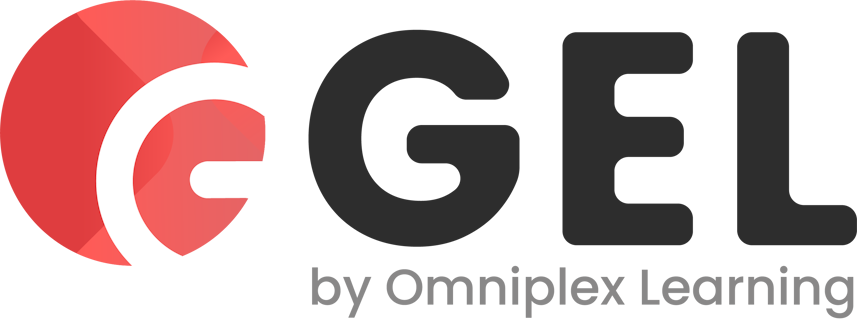ArchiMate® is a valuable tool for developing relevant viewpoints directed at specific stakeholders. C-level executives want to understand the ability of the architecture to bring profit or reduce expenses. Enterprise Architects need to confirm that IT will be able to produce that architecture across the spectrum of the IT Service. Business, Information Systems, and Application Architects must be aware of the interconnected nature of their parts of the architecture with each other. Also, Human Resources need to know the amount of personnel needed to most efficiently produce results.
ArchiMate establishes a wide set of symbols used to graphically represent these various elements in meaningful ways to the various interested parties.
For example, PRA Airlines is a major carrier in the Pacific Rim serving mainly Sydney, Singapore, Hong Kong, Shanghai, Seoul, and Tokyo. They have recently purchased a regional carrier that serves the Micronesian archipelago – Marianas International. PRA has a seasoned EA team and is in the process of developing the business architecture. As they work through development, they conduct periodic reviews with stakeholders to track their progress.
ArchiMate presents different viewpoints according to certain criteria. Using the standard viewpoints in ArchiMate 2.0, architects can develop viewpoints based on stakeholders, concerns, purpose, abstraction level, layer, and aspects (i.e., behavior, information, and structure). The architects get feedback from stakeholders and architecture teams to craft a viewpoint relevant to each group.
Here are three examples of this methodology:
Operational Manager stakeholders want to know how the sequencing of Business Processes complies with their requirements as well as how they interconnect with Application Services. The architects will use a Business Process Viewpoint, which will show the high-level structure and composition of the processes. It focuses on representing processes and relationships with:
- Business services realized by the processes
- Application services used by the processes
- Roles that are assigned to the processes
- Information that is accessed by the processes
- Events that are triggered by the processes
In this case the business process in question is the way in which tickets are issued to customers during a booking transaction.
This diagram is shown in Figure 1.
 Figure 1
Figure 1
Product Management and Development stakeholders want to know how the products will produce the value that will satisfy the goals set by the executives. The architects will use a Product viewpoint, which describes the value that one or more products offer to the customers and shows the composition of one or more products in terms of the constituting services, and the associated contracts.
It identifies new or existing services needed in the product, given the value that the customer’s are expecting. It serves as an input for process and IT architecture development aimed at fulfilling these service and product needs. It can relate both business and application services to the product and may also show the interfaces through which the product is offered.
This diagram is shown in Figure 2.
 Figure 2
Figure 2
Senior Managers need to look at the organizational viewpoint of the Business Architecture, which is shown in Figure 3. The Organization Viewpoint makes use of the five active structural concepts from ArchiMate’s business layer. The typical relationships are per the business layer metamodel:
- Actors may be assigned to roles and locations
- Roles may include related business interfaces, and be aggregated to form collaboration with other roles.
Figure 3
 ArchiMate can be a front-line application for enterprise architecture development and should be in every EA toolbox.
ArchiMate can be a front-line application for enterprise architecture development and should be in every EA toolbox.
This blog includes extracts of the ArchiMate 2.0 Specification, Copyright © 2009-2012 The Open Group. ArchiMate® is a registered trademark of The Open Group. For the original material please refer to this page.




